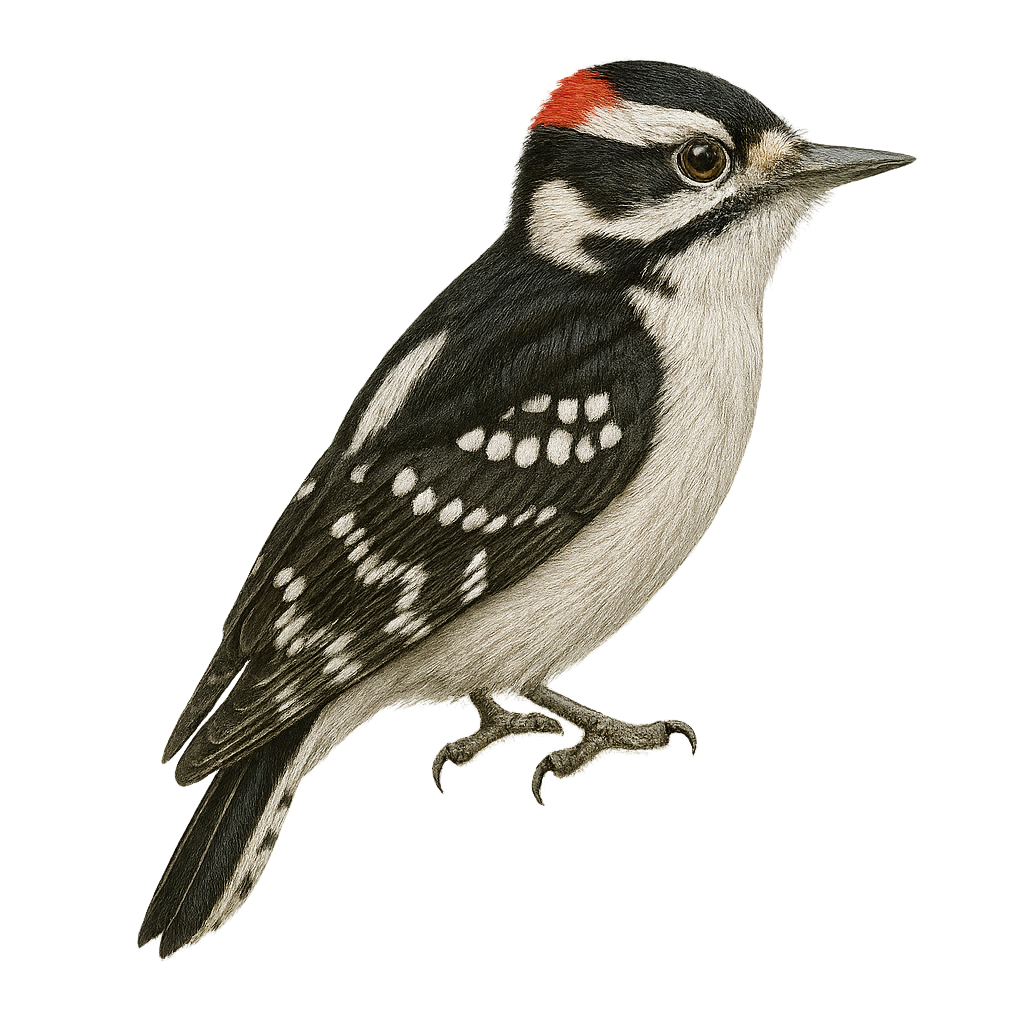Your wildlife photography guide.
Explore the downy woodpecker in detail, study its behavior, prepare your shots.
Where to observe and photograph the downy woodpecker in the wild
Learn where and when to spot the downy woodpecker in the wild, how to identify the species based on distinctive features, and what natural environments it inhabits. The WildlifePhotographer app offers tailored photography tips that reflect the downy woodpecker’s behavior, helping you capture better wildlife images. Explore the full species profile for key information including description, habitat, active periods, and approach techniques.
Downy Woodpecker
Scientific name: Dryobates pubescens

IUCN Status: Least Concern
Family: PICIDAE
Group: Birds
Sensitivity to human approach: Suspicious
Minimum approach distance: 5 m
Courtship display: April to May
Incubation: 11-13 jours
Hatchings: April to June
Habitat:
Deciduous forests, mixed forests, urban parks, gardens
Activity period :
Primarily active during the day, with peak activity in the morning and late afternoon.
Identification and description:
The Downy Woodpecker, Dryobates pubescens, is a small woodpecker native to North America. It is easily identified by its black and white plumage and small size, measuring about 14 to 17 cm in length. The male has a small red patch on the back of its head, which is absent in females. This woodpecker is often found in deciduous and mixed forests but also adapts to urban parks and gardens. It primarily feeds on insects, which it extracts by drumming on tree bark, but it also consumes seeds and berries. Its rapid and repeated drumming serves as a means of communication and territorial marking.
Recommended lens:
400 mm – adjust based on distance, desired framing (portrait or habitat), and approach conditions.
Photography tips:
To photograph the Downy Woodpecker, choose sunny mornings when natural light highlights its contrasting plumage. Use a 400mm lens or longer to capture precise details without disturbing the bird. Stay at least 5 meters away to avoid scaring it. Be patient and observe its drumming habits to anticipate its movements. A tripod can be helpful to stabilize your camera during extended shooting sessions.
The WildlifePhotographer App is coming soon!
Be the first to explore the best nature spots, track rutting seasons, log your observations, and observe more wildlife.
Already 1 432 wildlife lovers subscribed worldwide

